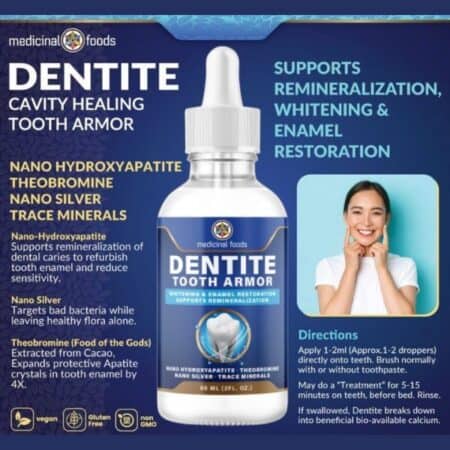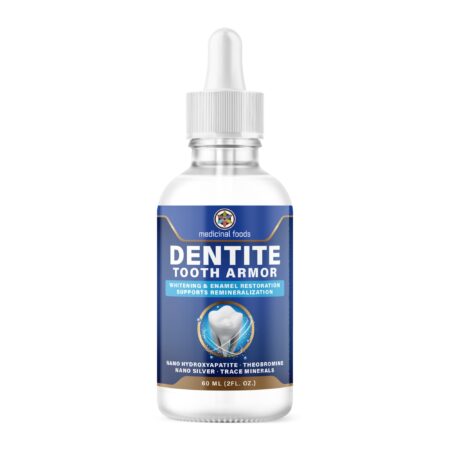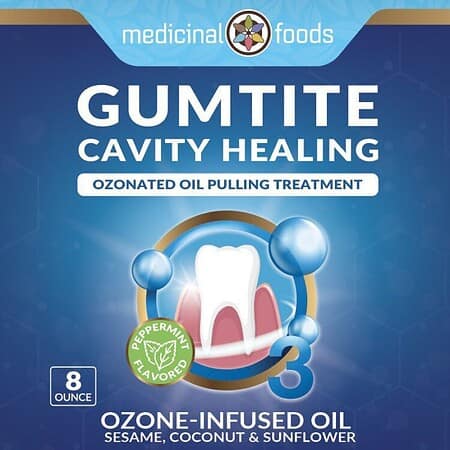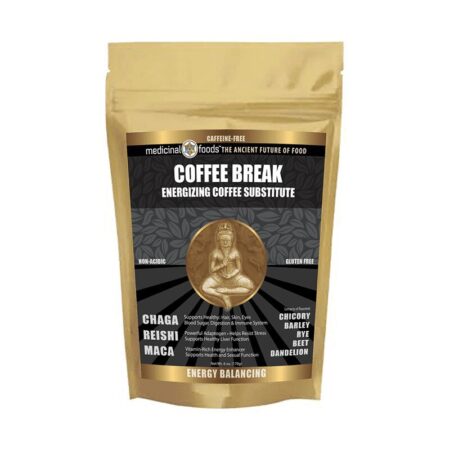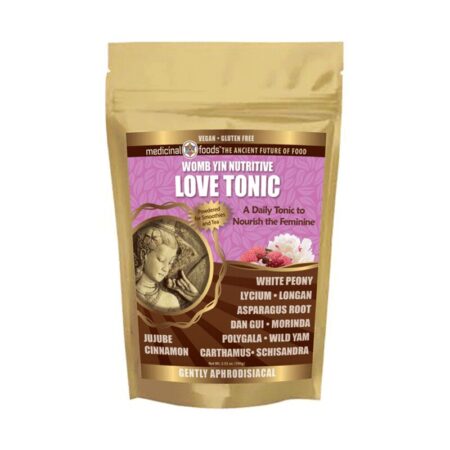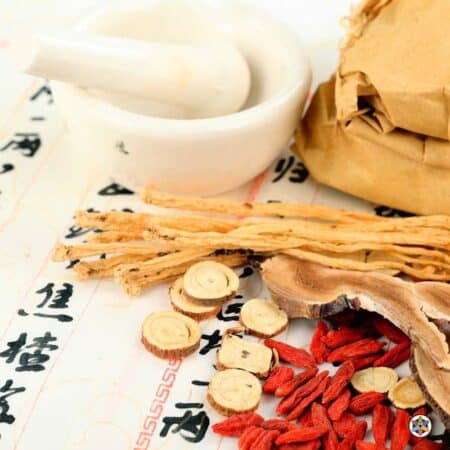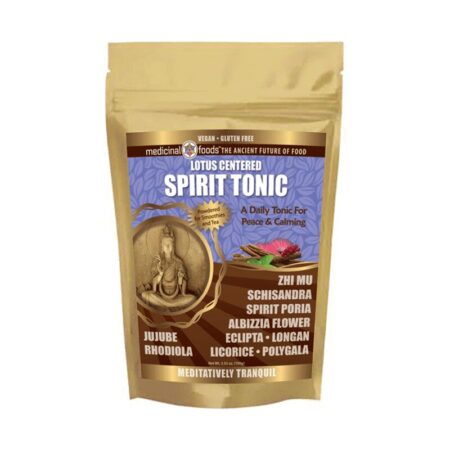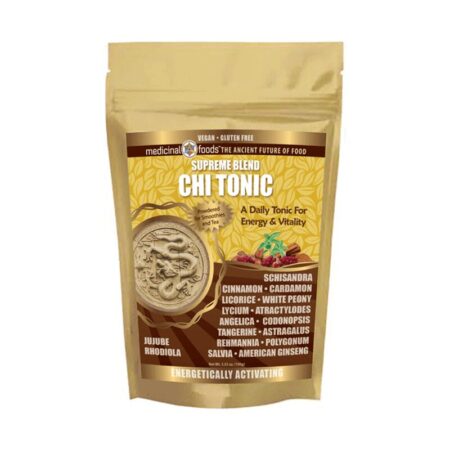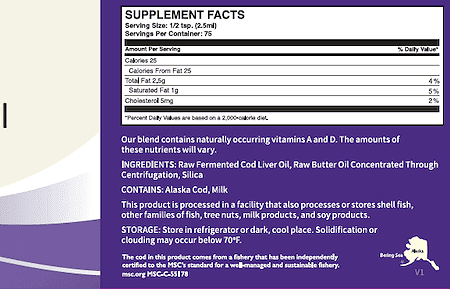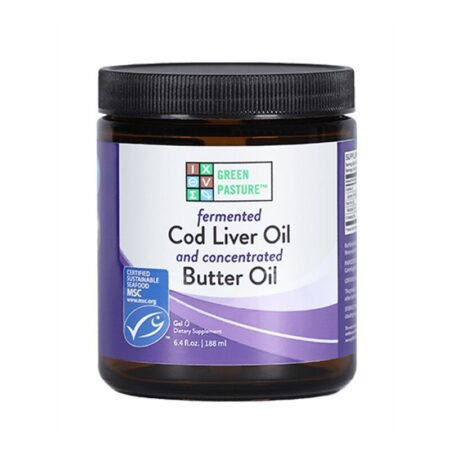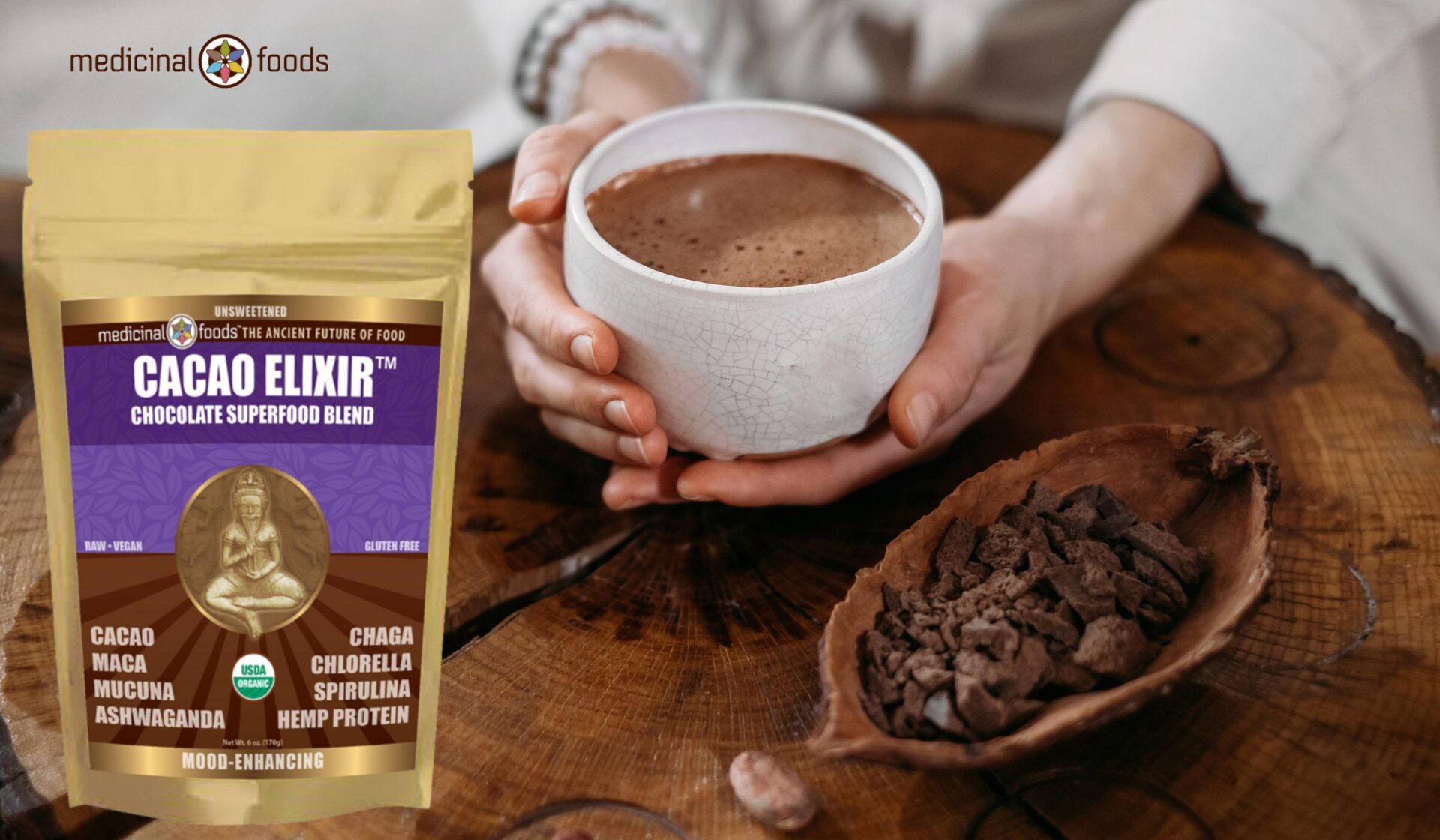The most interesting facts about your skin is that it is the largest organ on our bodies and on an adult covers an area of about 2 square meters. But that is just the surface (to use a bad pun) about learning how it plays a critical function in protecting our bodies.
It is the first layer of defense from every thing the outside world could possibly throw at us, which includes protecting us from foreign bacteria, viruses, toxins, and the elements.
Here are some other initial facts that you may be surprised to learn:
-
It contains about 300 million individual cells, and 1 square inch has about 300 sweat glands
-
Every 28 days it completely replaces itself, and in one year we shed about 9 pounds of dead cells
-
The thickest area is the soles of our feet and our palms
-
It is the initial regulator of warm and cold and signals to the rest of our body how to react to changes in temperature
-
When injured we form scar tissue to cover the wound, and these cells do not contain hair nor sweat glands
-
A unique type of sweat gland, called the apocrine sweat gland, is found in the armpits, genitals and anus, and is what produces body odor
-
It’s condition is the first tell-tale sign of a person’s overall health condition
There are many, many more fascinating details about how the covering of our body re-builds itself, protects every other organ of our body, and how it fights off potential diseases that interact with us every day.
How many layers of skin
In total it is made up of 3 basic layers, the epidermis, the dermis, and the subcutaneous layer.
The epidermis is made up of 5 sub-layers, the dermis made up of 2 sub-layers, and the subcutaneous stands alone, totally 8 individual layers.
Epidermis
The epidermis is the outermost layer that holds most of the varieties of cells that have specialized functions.
-
Stratum corneum – This is the top layer that retains moisture and blocks unwanted substances from entering, and is the layer that gets replaced every two weeks.
-
Stratum lucidum – An extra layer protective layer that only exists in the thickest spots, specifically the palms of our hands and the soles of our feet.
-
Stratum granulosum – This layer that contains skills cells that have been recently created and are being pushed upward.
-
Stratum spinosum – The fourth layer from the surface is where we generates the new cells, called keratinocytes, that produce the protein keratin and which gradually move upward in the epidermis.
-
Stratum basale – the bottom layer that contains cells called melanocytes, which gives us our color pigment, Merkel cells, which give us our sense of touch, and column-like cells that push the newly created cells to the surface.
Dermis
This layer holds various capillaries, tissues, glands and the hair follicles that perform more complex tasks, such as regulating the surface temperature, strengthen the epidermis, and give us sensory feeling. It contains two layers:
-
Papillary dermis – This is where the blood capillaries manage the temperature in relation to the exterior conditions. It is also where cells called corpuscles reside which give us the sensations of pressure and vibration.
-
Reticular dermis – This is the thicker lower layer that contains tissues of collagen that give strength and elasticity.
The eyelids have this thinnest dermis layer, at about 0.6 millimeters, while the soles of the feet and palms are 3 millimeters thick.
Subcutaneous Tissue
This is the bottommost layer that is mostly made up for fat cells that serve to insulate the rest of our body from cold temperatures, and also as a cushion from impacts or pressure that would otherwise come into contact with the inner organs.
This area also contains connective tissue and blood capillaries that aid in surface temperature regulation, and a contact point for muscles and bones to connect with.
Is salt water good for your skin
If you are experiencing problems with dryness, irritation or general discomfort in many surface areas around your body, salt water – and most specifically seawater – may have far reaching positive affects.
Ocean water contains many naturally occurring nutrients besides just salt, which include:
-
Magnesium
-
Zinc
-
Calcium
-
Chromium
-
Potassium
-
Selenium
-
Vanadium
All of these minerals first work to replenish deficiencies in our bodies and rejuvenate the cells in the dermis and epidermis.
But not everybody has the luxury to live near the ocean. In this case, people who take salt water baths – using pink Himalayan salt (and never simple table salt) – or using epsom salts can have similar benefits.
These baths are excellent because the salt and other naturally occurring minerals are directly absorbed into the body, providing immediate benefit.
Why is my skin peeling
There are many reasons why we can experience peeling, itchiness, dryness, irritation, and general discomfort to the exterior layers of the epidermis.
The chronic condition is called eczema and needs to be treated by health care professionals. Oftentimes eczema is genetic but can also develop from a consistent lack of care and maintenance.
Some of the most common causes for dryness and peeling are: extreme weather conditions, allergic reactions, interactions with fungi and harmful bacteria, and sunburn.
In order to treat problems of peeling and dryness one needs to approach each situation slightly differently, and identifying the initial cause is the most important.
There are many organic essential oils that help to repair the dermis to produce new cells. These include tea tree oil, eucalyptus oil, and coconut oil, all of which help to hydrate and moisturize the dermis and epidermis and quickly build new cells.
How to get rid of loose skin
Looseness is another condition that is caused by a variety of factors, including recent weight loss, post-pregnancy, and general aging.
Some people resort to surgery in order to tighten specific areas where they are experiencing looseness, but this is a temporary solution and can cause other unintended side effects.
There are certain firming creams that contain compounds called retinoids, which are a derivative of Vitamin A, that can help to quicken the turnover of shedding old cells and creating new ones.
This quicker turnover of cells can help naturally tighten loose areas and regenerate sections on our body that may stubbornly resist turning over consistently every 28 days.
Another simple solution to looseness is staying hydrated by drinking plenty of water throughout the day, even when you may not be thirsty.
Hydration improves the turnover of dead cells and elasticity, and a healthy level of moisture will naturally replenish the epidermis’ ability to release toxins that are built up and are exfoliated through the epidermis.
And finally, eating organic foods and exercising at least 3 times a week is another important solution to resolve looseness in undesirable areas.
You don’t have to wait until you notice irritation, dryness, looseness, or discomfort to take care of this incredibly important organ of our bodies. These interesting facts about our skin can help us understand just how critical it is to have a strong exterior shield protecting us on a daily basis.


